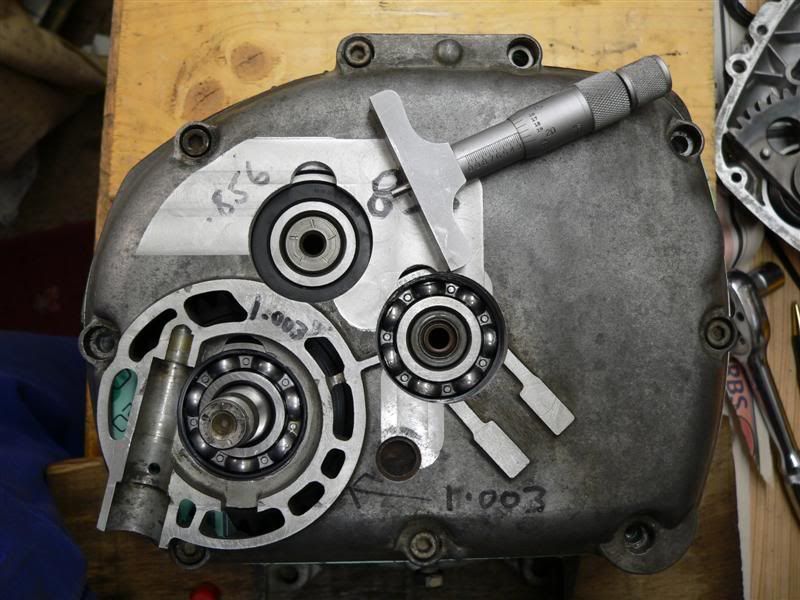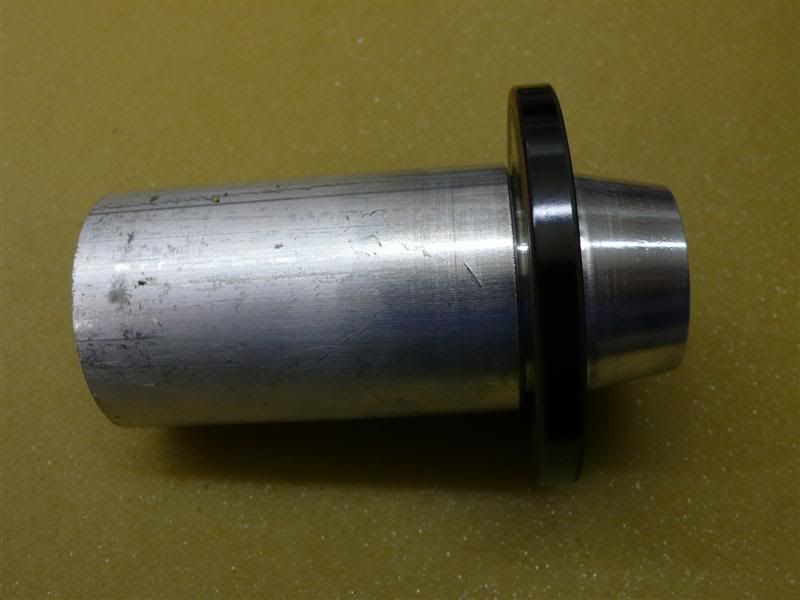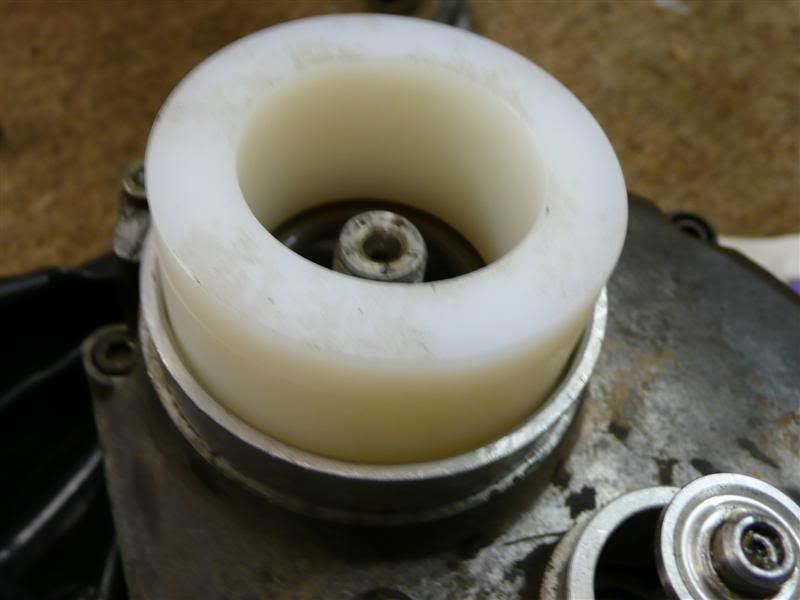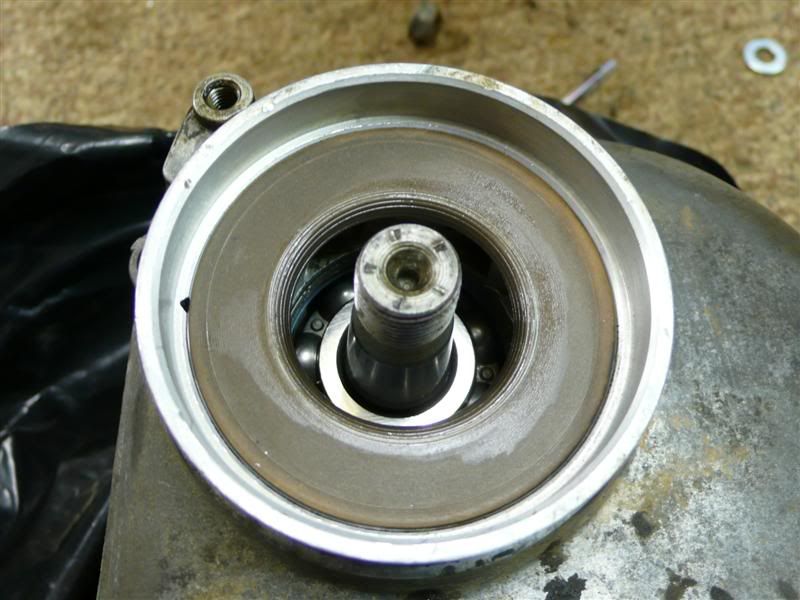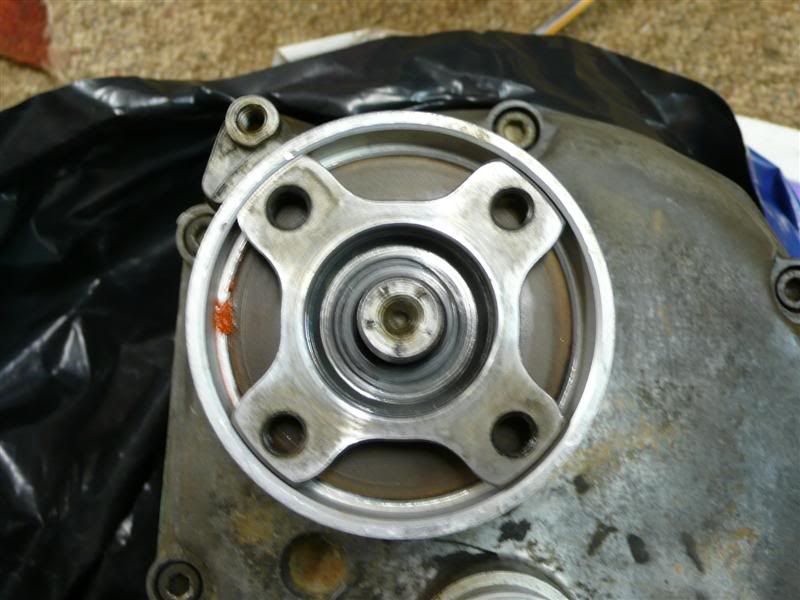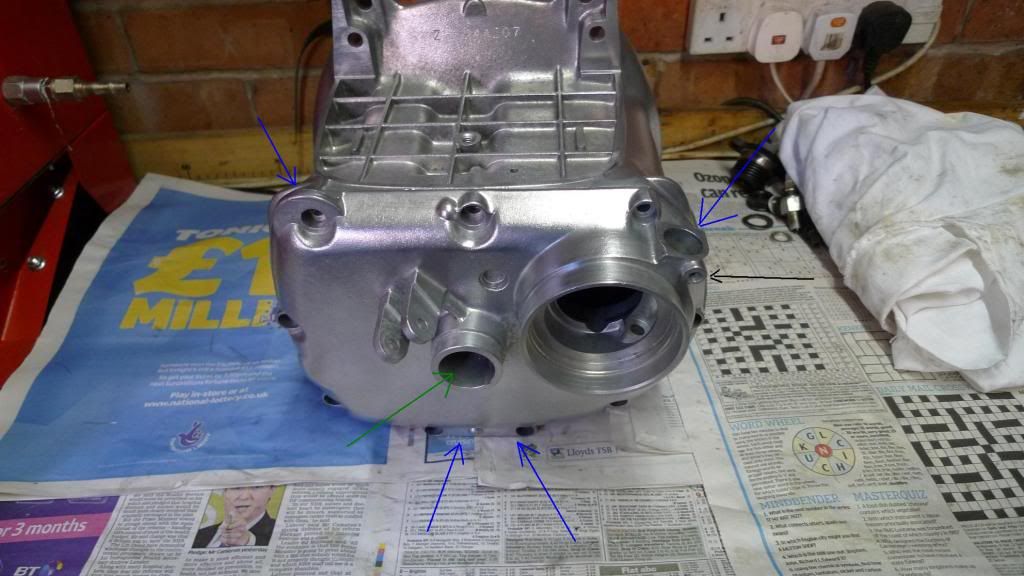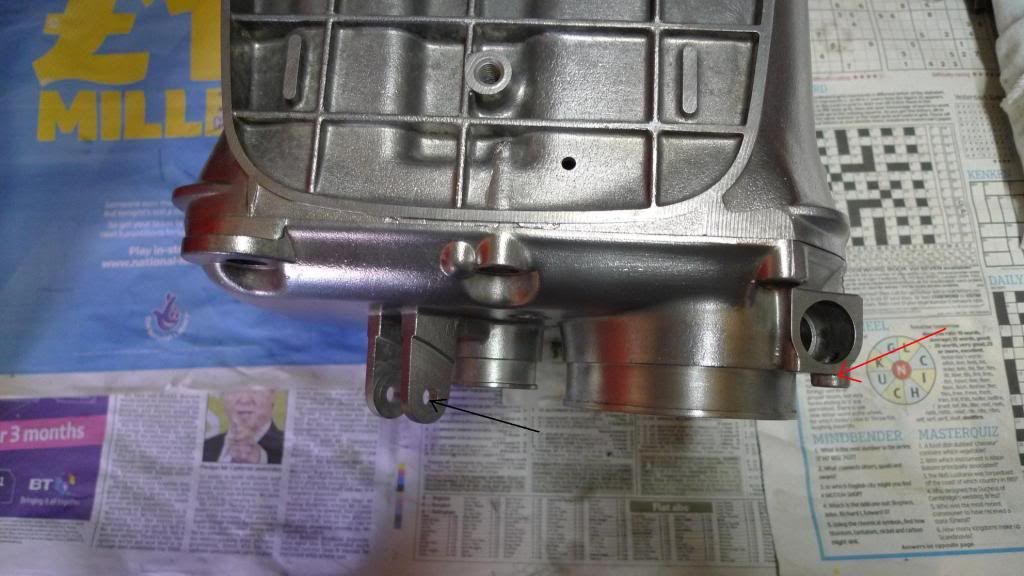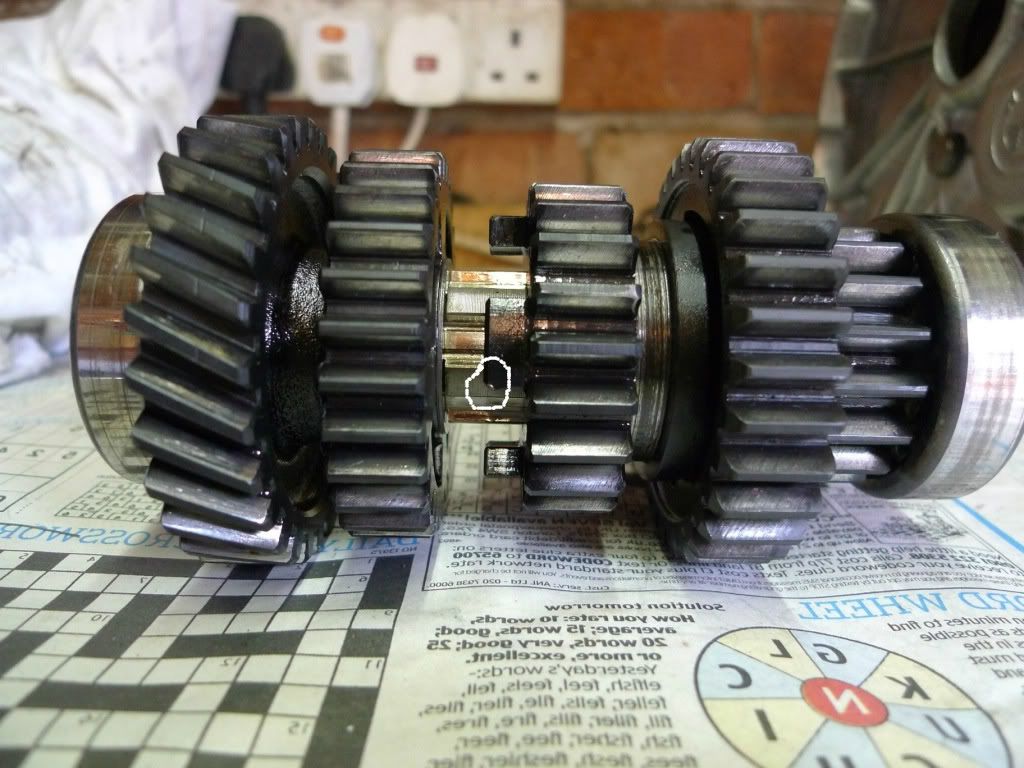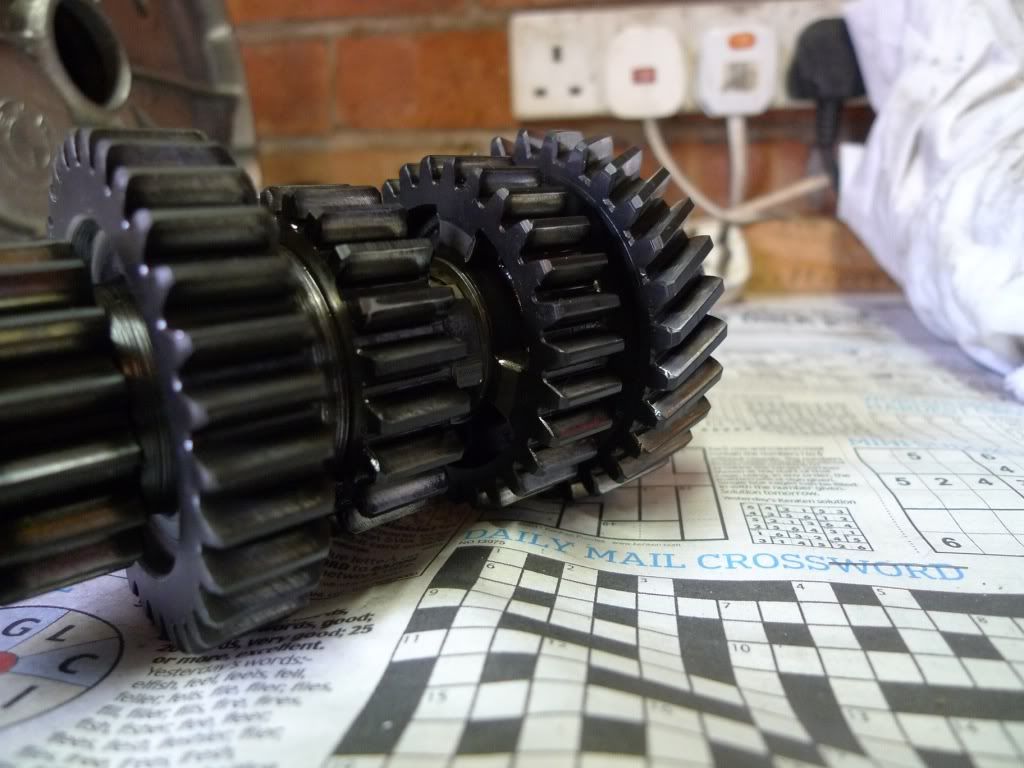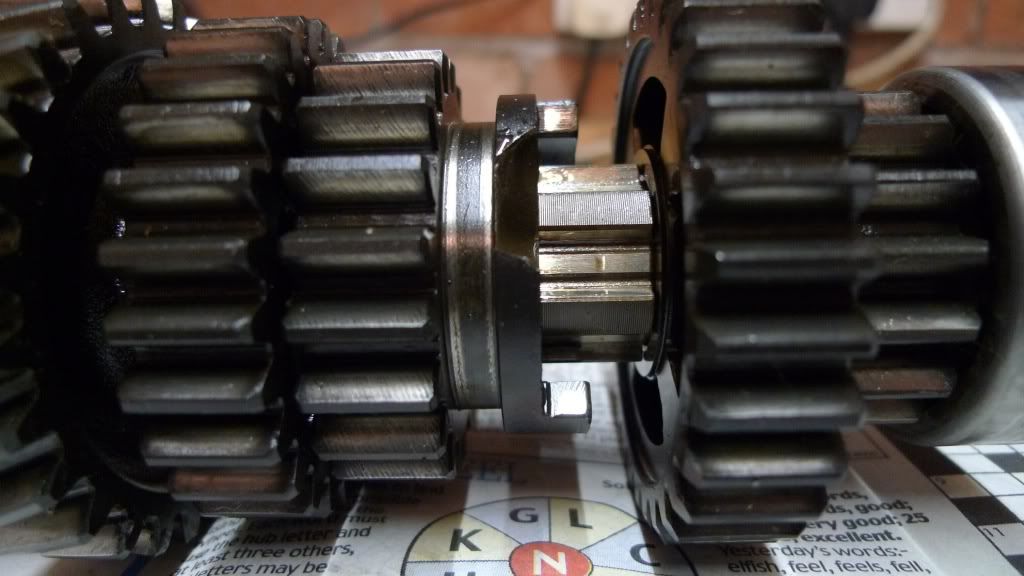Following on from a conversation at the Wee-kend. It would appear that the gearboxes are a bit of a black box for a lot of people so I thought I'd put a thread together showing what's involved in rebuilding them and showing what's inside. They are as you might expect pretty simple. Most of the problems could be avoided by using the right oil and checking the seals are in good shape.
I bought one the other day from Andy Mullins so I'll use that for the rebuild but will use pictures from other rebuilds I've done (so if you spot a picture from your rebuild don't fret)
Most of them arrive in this sort of condition. Something's gone tits up and a sorry gearbox is languishing in a soggy box.
 Of course it helps to drain the gearbox oil before posting (eh! Jay
Of course it helps to drain the gearbox oil before posting (eh! Jay  )
)
First thing is to drain the oil, pull the output flange off before heating and removing the end cover.
Your then faced with a gooey, dirty mass of metal - The input shafts been pulled from this one to show the state of the input bearing, the input shaft was shimmed too tightly, this loads the bearings causing overheating and ultimately bearing failure.
Most of the problems are caused by people using the wrong oil. It must be at least GL5 spec oil and needs changing. If you buy standard gearbox oil from Halfords it will not be up to the job. Buy the differential oil. Castols datasheet for the 80/90 EPX diff oil states that it is also for gearboxes that need GL5 spec oil - more on this later.
The sealed output bearing means this is a Paralever gearbox the Mono's have an open bearing.

The engine side of the gearbox is then heated and the layshaft and output shafts can be pulled
I then put the gearbox case in an ultrasonic cleaner for 20 minutes to clean the casing up for inspection. It's surprising what gets missed because of dirty cases.
This was Pete keys gearbox casing. It had a crack in the clutch cable mounting point that had been hidden by the oil and grime.

20 minutes later you can see the condition of everything after the ultrasonics done it's job.
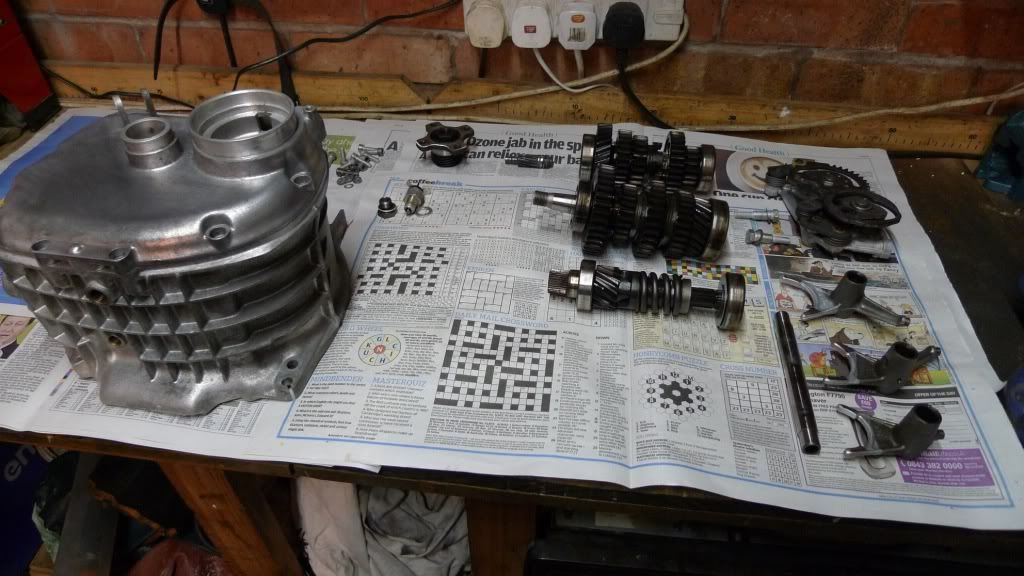
I lay everything out on the bench and then work through in a logical manner inspecting everything as I go.
A common problem is the input shaft bearing failing due to dirt getting in through the rubber seal for the clutch arm. The bearing is open so a split in the seal allows dirt and water to run down into the bearing. This ones toast for that reason.
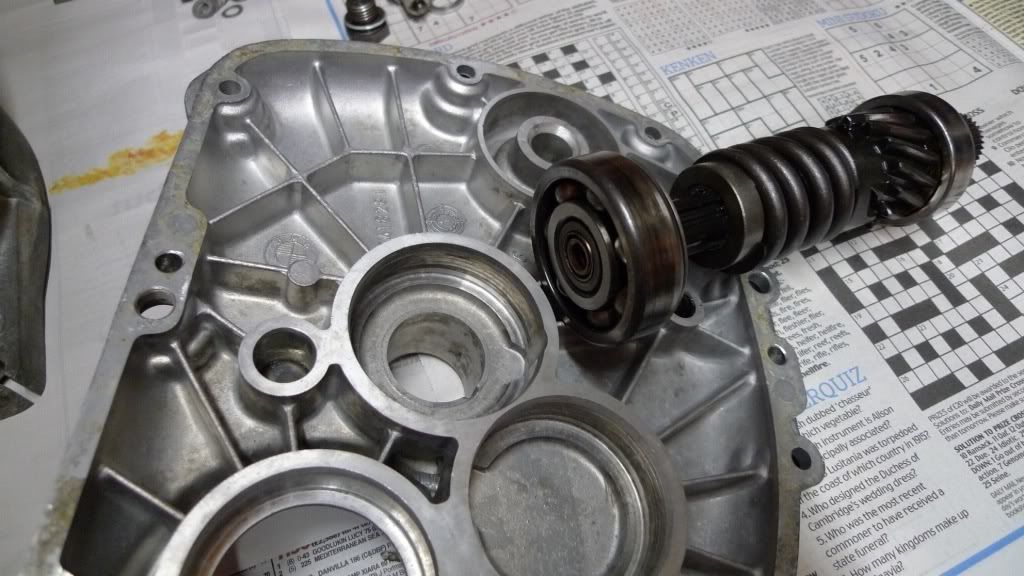
More to follow...
I bought one the other day from Andy Mullins so I'll use that for the rebuild but will use pictures from other rebuilds I've done (so if you spot a picture from your rebuild don't fret)
Most of them arrive in this sort of condition. Something's gone tits up and a sorry gearbox is languishing in a soggy box.

First thing is to drain the oil, pull the output flange off before heating and removing the end cover.
Your then faced with a gooey, dirty mass of metal - The input shafts been pulled from this one to show the state of the input bearing, the input shaft was shimmed too tightly, this loads the bearings causing overheating and ultimately bearing failure.
Most of the problems are caused by people using the wrong oil. It must be at least GL5 spec oil and needs changing. If you buy standard gearbox oil from Halfords it will not be up to the job. Buy the differential oil. Castols datasheet for the 80/90 EPX diff oil states that it is also for gearboxes that need GL5 spec oil - more on this later.
The sealed output bearing means this is a Paralever gearbox the Mono's have an open bearing.

The engine side of the gearbox is then heated and the layshaft and output shafts can be pulled
I then put the gearbox case in an ultrasonic cleaner for 20 minutes to clean the casing up for inspection. It's surprising what gets missed because of dirty cases.
This was Pete keys gearbox casing. It had a crack in the clutch cable mounting point that had been hidden by the oil and grime.

20 minutes later you can see the condition of everything after the ultrasonics done it's job.

I lay everything out on the bench and then work through in a logical manner inspecting everything as I go.
A common problem is the input shaft bearing failing due to dirt getting in through the rubber seal for the clutch arm. The bearing is open so a split in the seal allows dirt and water to run down into the bearing. This ones toast for that reason.

More to follow...


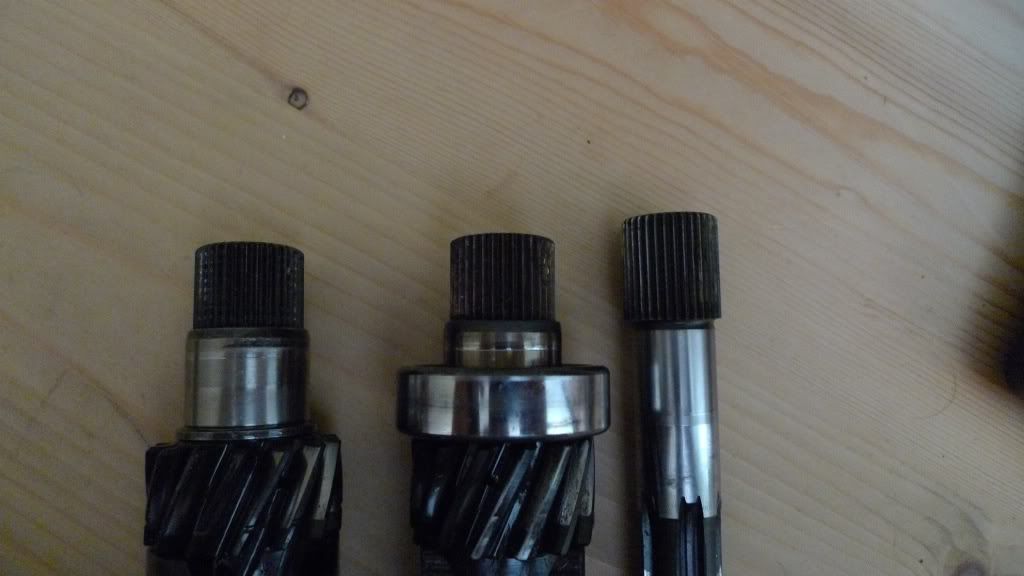

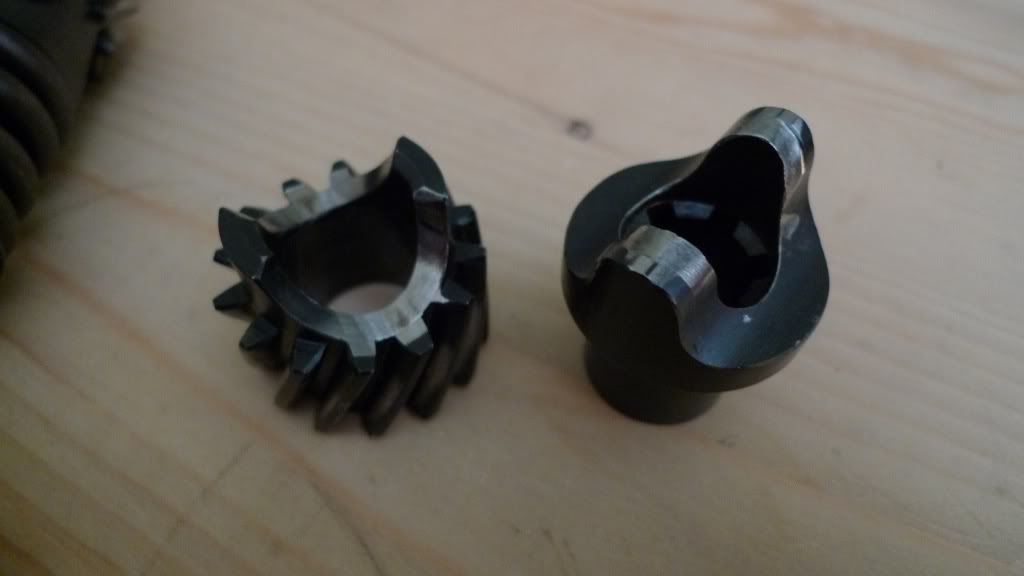
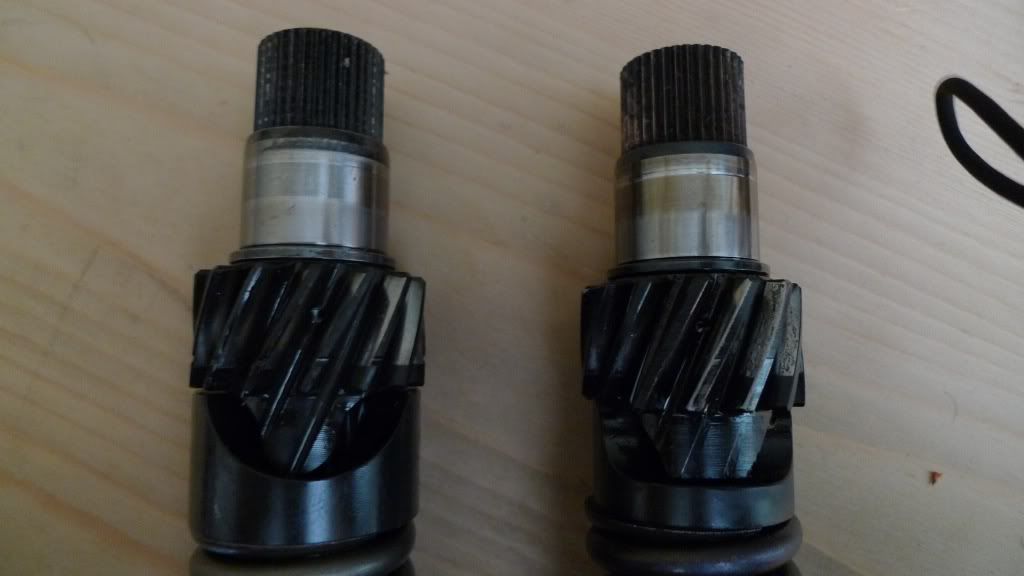
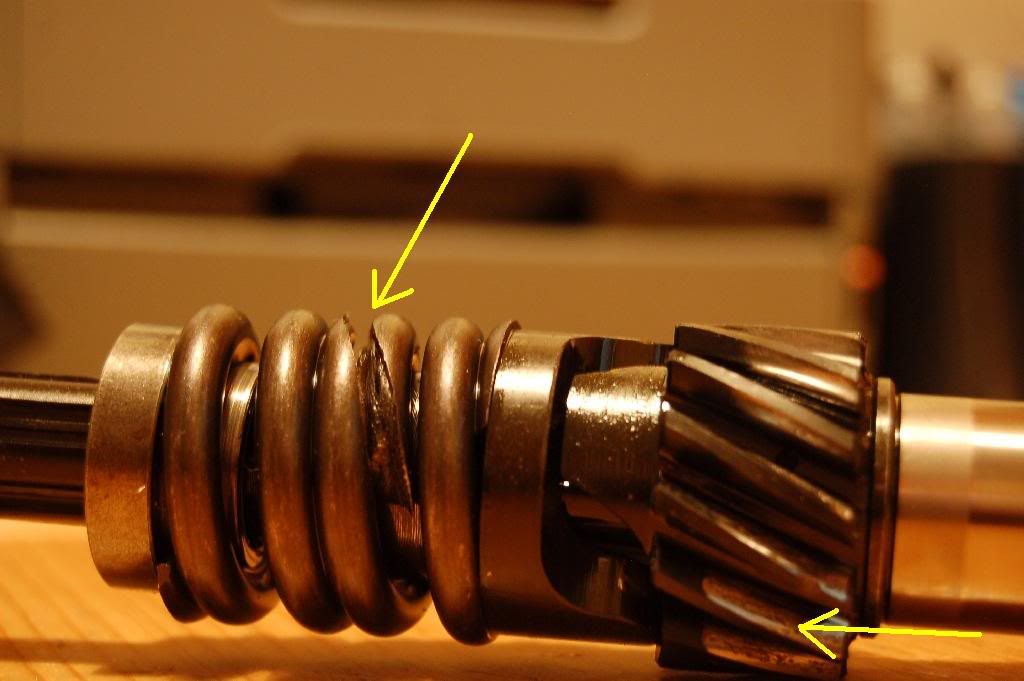
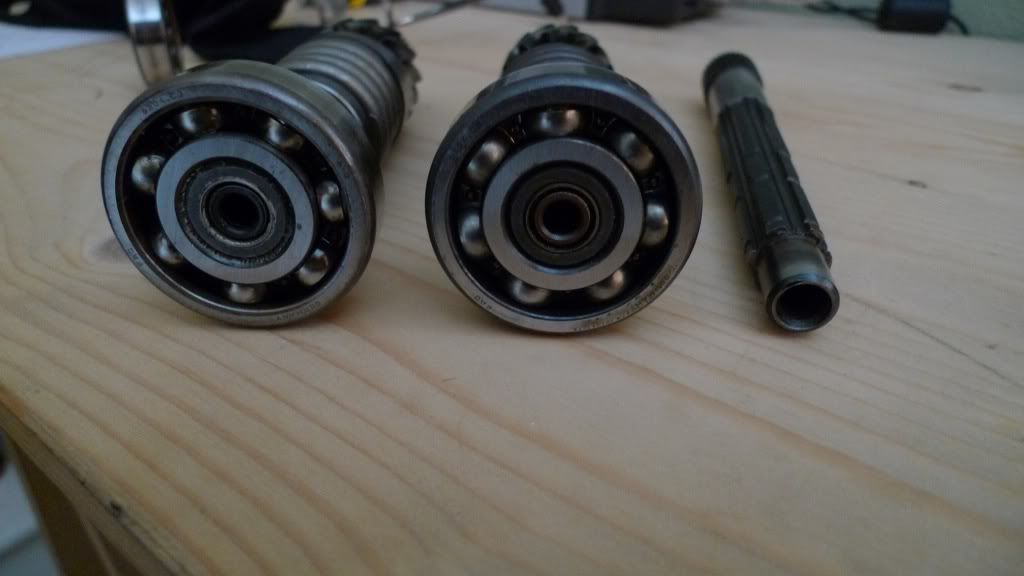
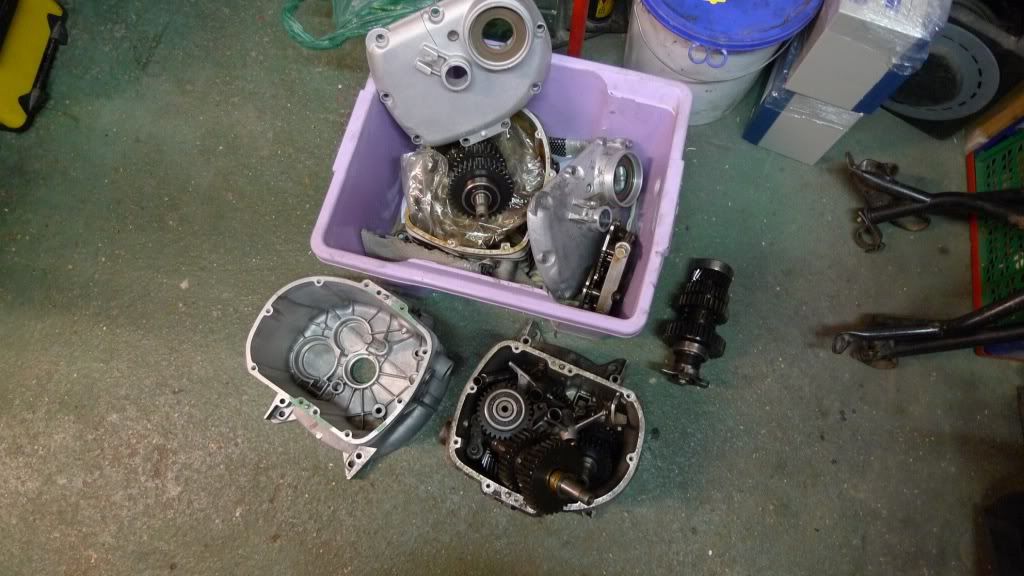
 ) in the rear end
) in the rear end



